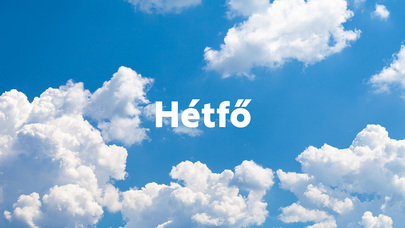Continuing positive business climate in the European industry
The VDMA Agricultural Machinery Association predicts a stable turnover level for European manufacturers this year, even in the light of the fact that overall demand in the European Union is slightly below that of last year. The business climate in the European agricultural machinery industry continues to be positive. Following more cautious expectations in the second half of 2012, since the beginning of this year, the responsible industry representatives have again been predominantly optimistic. Currently one third of top managers anticipate a growth in turnover for the industry, 40 percent expect a stable trend, and one quarter foresees a decline in turnover in the coming six months.
Further increasing degree of mechanisation
However, in comparison to the world as a whole, the European industry remains quite cautious. Very dynamic developments continue to be reported for Asian markets as well as for North and South America. Perceptible growth is expected for India, China, Brazil, the USA and – for the first time in years – once again for Japan. In many markets, in addition to the structurally motivated increase in demand for a higher degree of mechanisation in agriculture, a role is also played by public investment subsidies. For example, governments in Brazil and Japan as well as India have further strengthened incentives to purchase new agricultural machinery and tractors. The subsidy programmes are frequently associated with the condition that the machinery must be wholly or predominantly manufactured within the country.
Protectionism hinders growth in Eastern Europe
In addition to these one-sided subsidy programmes, the VDMA Agricultural Machinery Association has also observed an increasingly restrictive import policy in important sales markets. For instance, a so-called safeguard investigation for harvesting machinery is currently impeding the sale of combine harvesters in particular in the Customs Union of Russia, Belarus and Kazakhstan. This is presently leading to a situation where it may be expected that in 2013, once again insufficient threshing capacity will be available for the harvest. Correspondingly, the sale of agricultural machinery is generally proving to be difficult in the entire Eastern European region.
The VDMA Agricultural Machinery Association thus advocates open markets: “Anyone who relies solely on state regulations and restrictions will scarcely win in the long term,” stressed Dr. Scherer. The goal of the Association is firstly to promote free trade and consistently draw attention to every type of protectionism, secondly to strengthen the World Trade Organization (WTO) as a multilateral guarantor for global free trade, and thirdly to call for the formation of bilateral free trade agreements as an interim solution, as long as no WTO agreement is possible.







